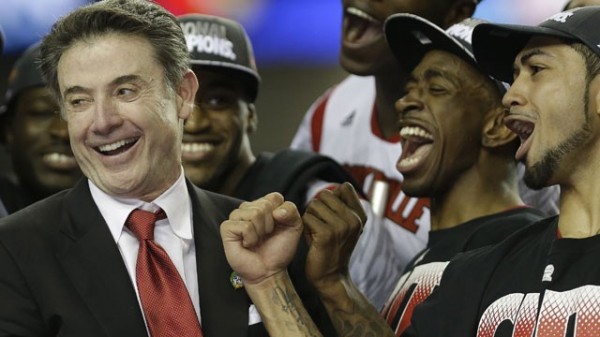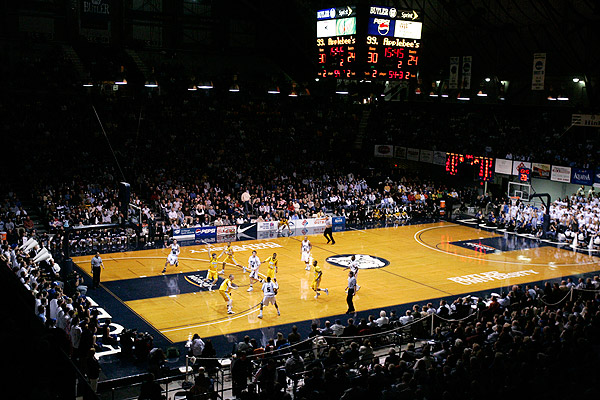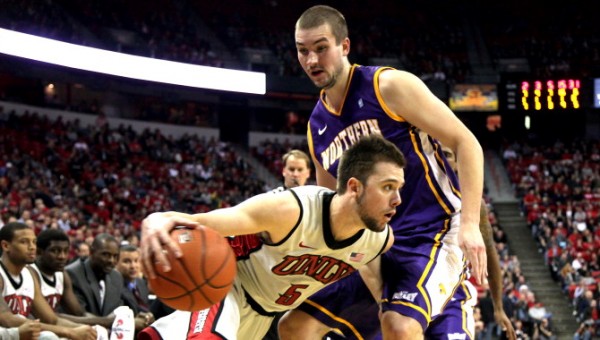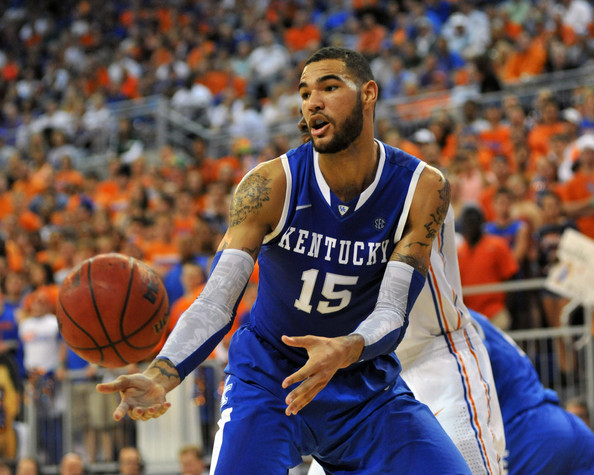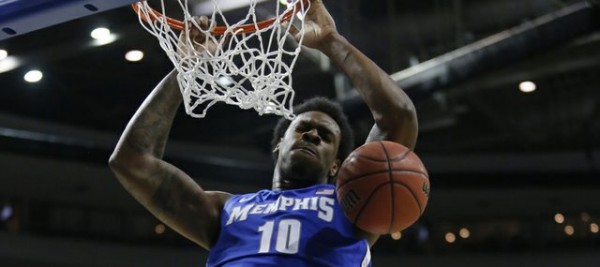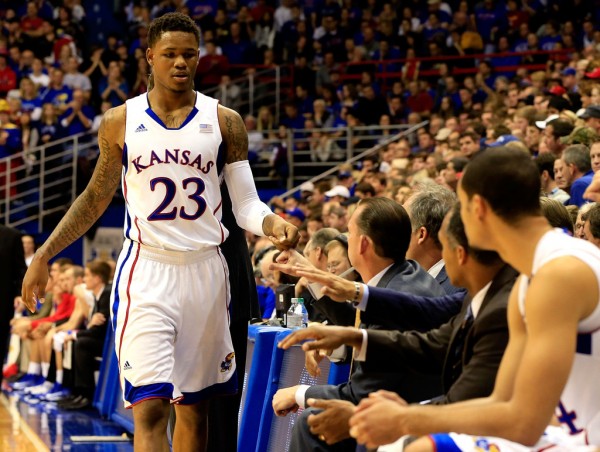Could the NCAA Be On the Verge of Creating a Fourth Subdivision?
Posted by Chris Johnson on June 3rd, 2013Chris Johnson is an RTC Columnist. He can be reached @ChrisDJohnsonn.
Imagine trying to lump wildly financially disparate athletic programs with different issues and different monetary imperatives under one legislative agenda. Imagine trying to hold that infrastructure together with vague terminology and philosophical principles and vexingly byzantine legalese. Imagine that organization asking an enforcement staff that can’t even police itself to make sure everything runs smoothly – no questions asked, no willingness to adjust. Imagine a near-universally loathed ruling figurehead, whose tenure has been besieged by near-constant turmoil on college campuses, wielding unseen legislative power, refusing to cooperate with influential school athletic directors, eroding public trust every step of the way, and doing it all while publicly casting himself as some enduringly unimpeachable monarch – untouchable, unimpressionable and, most recently, resentfully bitter to any and all external questioning or proposals for change.
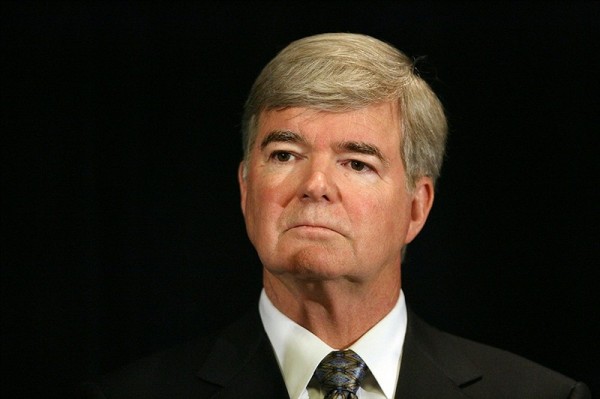
Promoting discussion for a move towards a fourth subdivision allows schools with bigger budgets the possibility to change the NCAA’s separation of powers (US Presswire).
The public approval rating of NCAA president Mark Emmert, were there such a measure for the organization’s embattled leader, would not inspire confidence for election day. The rightful scorn and growingly pervasive critiques can’t be (or shouldn’t be) shoved on Emmert’s doorstep; his actions are merely a particularly irksome embodiment of the entire NCAA’s morally and ethically dubious ruling construct. Either way, his spot isn’t up for contestation, so Emmert doesn’t have to worry – even as swaths of media call for his resignation and athletic directors lose confidence in his ability to navigate the NCAA’s hazardous future. Emmert isn’t completely blind to the boiling discontent within his membership, and at the Big 12 meetings in Irving, Texas, last week, he made an important concession that shows he’s open to the concept of realigning the power structure to accommodate more-monied (and thus more powerful) programs.






























